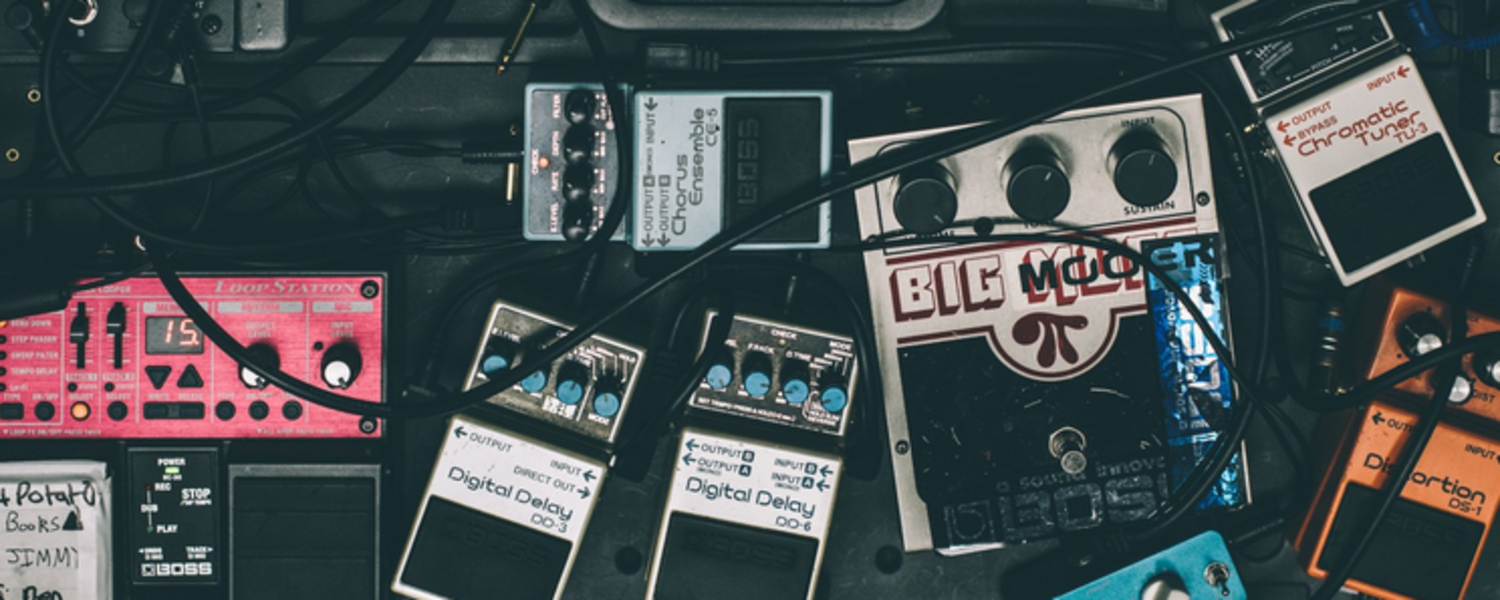By Jake Chadwick and Kieran Webber
Photos by James Birchall
You wouldn’t think that a photo like this could be taken by anything less than a telescope, but these are in fact photos taken by our resident photographer James Birchall. Even more amazing is that they’re taken out of bedroom windows, and on cold winter nights around the incredible Cornish coast line.
James is a second year BA photographer. His work ranges from portraiture to astrophotography and his talent is evident in every aspect of his portfolio.
James explained that he had always been fascinated with space and it made sense that he would try to incorporate it into his portfolio. “Since my very first SLR I had been attempting shots of the night sky. At first just taking wide-angle photos of our own galaxy the Milky Way, but later zooming in on more interesting objects.”

It had taken James two years to progress to a level where he could take photos of galaxies, nebulas and stars at this level of detail. It’s a long process just to develop one of these photos. Not just on the beaches but also sat behind a computer watching fourteen hour rendering bars creep towards 100%.
To take photos like this you must first select an area of space. In these cases they were the Andromeda galaxy, the Orion nebula and the Pleiades star cluster. One method that James used to get an approximate location of a galaxy was using the ‘star gazer’ app on his iPhone, it gives you an approximate location in the night sky. Then you would use 3 bright stars as reference points and aim the camera between them.

At this point it gets complicated to anyone with less than an A level in Photography or some experience, that’s for sure. You have to take not one but 500 photos of your galaxy or nebula of choice. Taking such a high number of photos enables the camera to pick up different light photons from the stars in each image.
When the images are compiled and a noise mask average has been removed you then must take a number of flat frames, this is to reduce distortion and vignetting. To do all this James used a Nikon D3X with a 300mm 2.8 lens and a heavy-duty tripod, as the shutter speed for each image was around 3 seconds depending on the height of the object in the night sky. At this point it’s probably worth remembering that the Earth is rotating; because the Earth itself is moving around the Sun, the night sky will move across our horizons, so you would have to make lots of adjustments to the camera’s angle to make sure the galaxy doesn’t drift out of frame.

Once all 500 photos have been taken and deemed not blurry or out of focus James processes them on a program called ‘Pixinsight’ which merges all the photos into one. The rendering of the photos can take up to fourteen hours. This long and intricate process has some incredible results and is attempted by few people in the UK.
Although James’s photography is no doubt impressive he is striving to take it further. “The next steps I want to take are getting a bigger lens and better camera body, also getting a tracking mount may benefit my work too.” James explained what attracts him to such photography, “I enjoy the technical challenges of astrophotography plus the idea of taking pictures of something people don’t get to see gives me a kick as well.”
